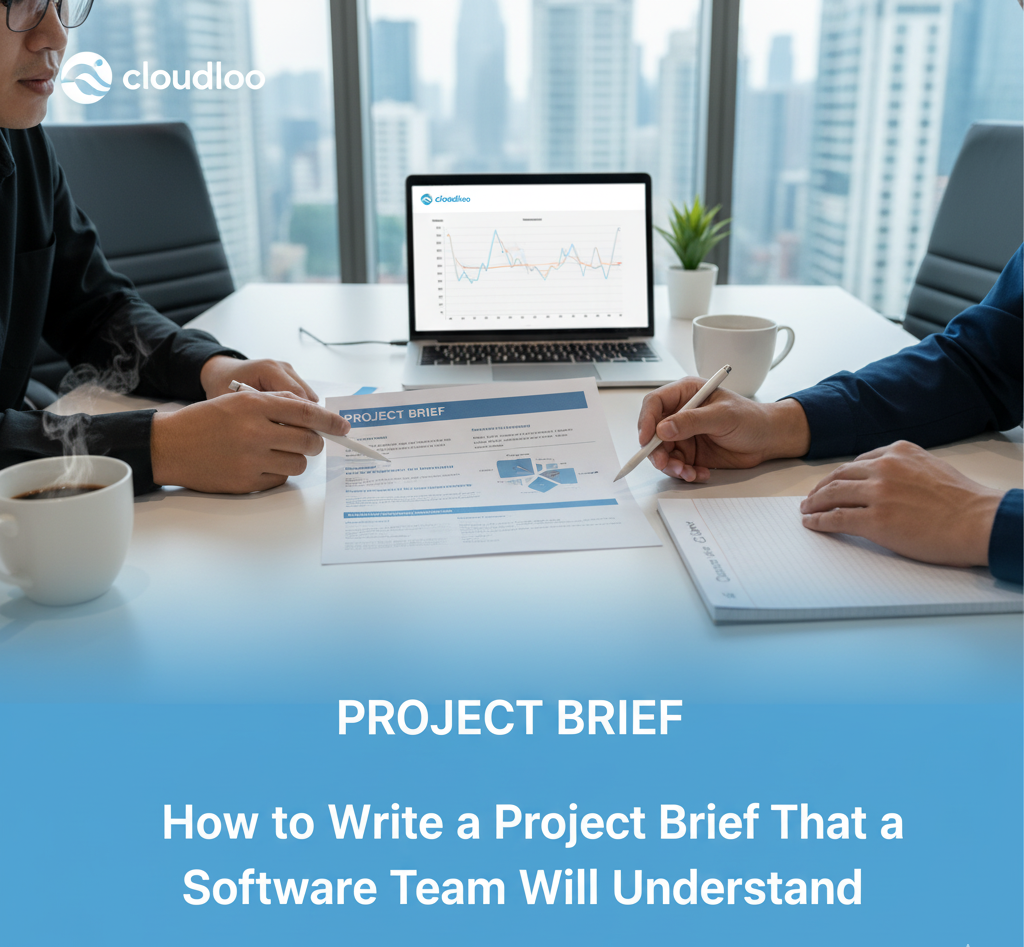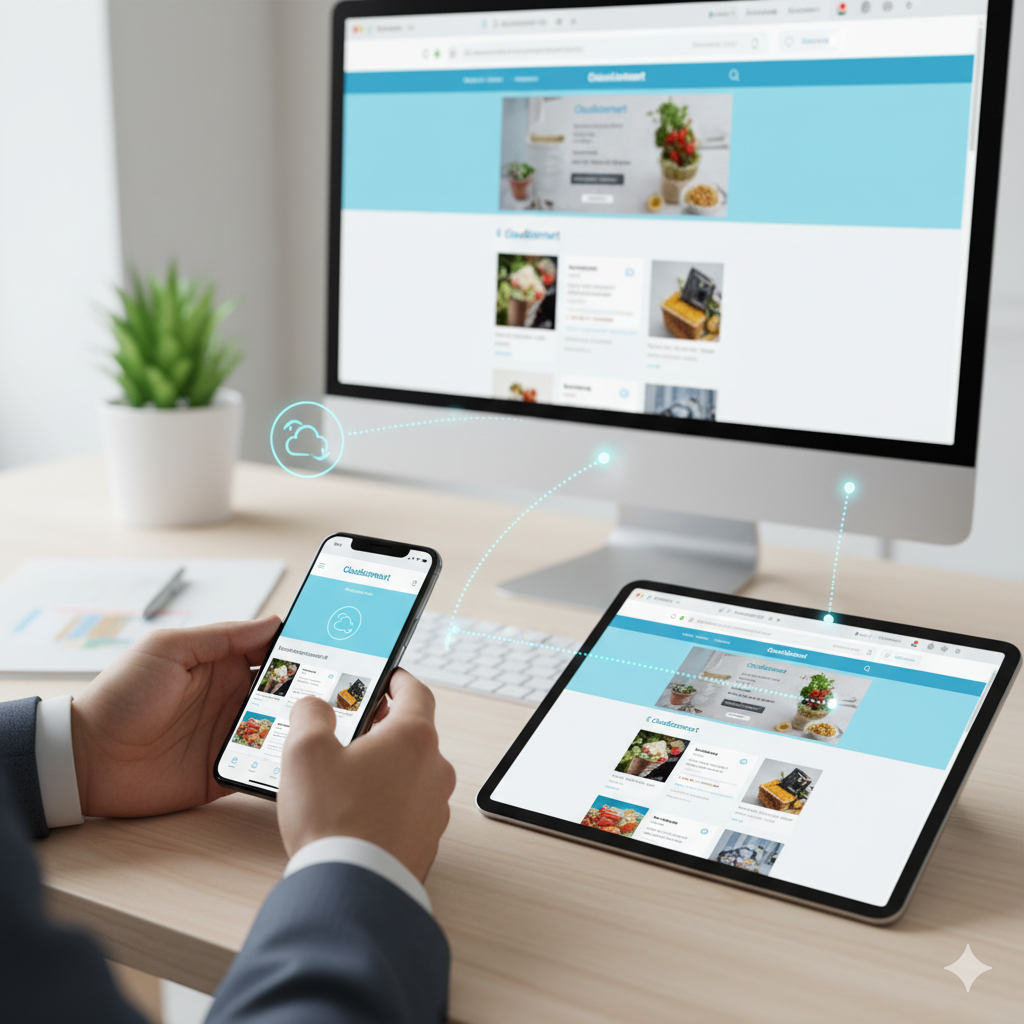How to Write a Project Brief That a Software Team Will Understand
cloudloo
November 8, 2025

You have a brilliant idea for a new website, mobile app, or a custom software solution. You’re excited, envisioning the possibilities. The next crucial step is communicating that vision effectively to the team who will bring it to life. This is where a well-crafted project brief becomes your most valuable tool.
A clear, concise, and comprehensive project brief is the foundation of any successful software development project. It acts as a shared blueprint, ensuring everyone – from designers to developers to project managers – is on the same page, understands the goals, and can execute efficiently. Without it, you risk misunderstandings, delays, budget overruns, and ultimately, a product that doesn’t quite hit the mark.
So, how do you write a project brief that a software team will truly understand and love to work with? Let’s break it down into key components.
1. The "Why": What Are You Trying to Achieve?
Start with the big picture. Why are you building this? What problem are you solving, or what opportunity are you seizing?
Your Company & Project Overview: Briefly introduce your business and the core purpose of this specific project.
Goals & Objectives: Clearly state your primary goals. Are you looking to increase sales, improve customer engagement, streamline an internal process, or launch a new service? Be specific and measurable if possible (e.g., “Increase online sales by 20% in the first six months,” “Reduce customer support calls by 15%”).
Target Audience: Who is this product for? Describe your ideal users – their demographics, pain points, needs, and how they currently solve the problem your product will address.
2. The "What": What Will Your Product Do?
This section details the functionalities and features of your desired software. Don’t worry about technical jargon; focus on the user’s perspective.
Key Features & Functionality: List the essential features. For example: “Users can create accounts,” “Admins can manage product inventory,” “Customers can process payments,” “View real-time analytics.” Prioritize them if possible (e.g., “Must-have,” “Nice-to-have”).
User Journeys (Optional but Recommended): Describe how a user will interact with your product. For example: “A new user will sign up, browse products, add to cart, and complete a purchase.”
Content Considerations: What kind of content will your product handle? (e.g., text, images, videos, user-generated content).
3. The "How": Technical & Design Considerations (Guidance, Not Mandates)
While you don’t need to be a technical expert, providing context on your preferences and existing infrastructure is immensely helpful.
Platform & Technology Preferences: Do you need a web app, a mobile app (iOS, Android, or both), or a Progressive Web App (PWA)? Do you have existing systems it needs to integrate with? (e.g., CRM, payment gateway, accounting software).
Brand & Style Guidelines: If you have existing branding (logos, color palettes, fonts), include them! Visual consistency is key. Provide examples of websites or apps you admire (or dislike) to help convey your aesthetic preferences.
Existing Assets: Do you have any existing code, designs, content, or APIs that can be reused?
4. The "When" & "How Much": Timeline & Budget
These are critical practical considerations for any software team.
Timeline: What is your desired timeframe for completion? Be realistic, but communicate your ideal launch date or any critical deadlines.
Budget: Provide a realistic budget range. This helps the software team propose solutions that fit within your financial constraints and ensures you get the most value for your investment. If you’re unsure, state that and be open to guidance.
5. The "Who": Key Stakeholders & Communication
Who is involved, and how will decisions be made?
Key Stakeholders: Who are the main decision-makers on your end?
Communication Preferences: How do you prefer to communicate (email, video calls, project management tools)? How often would you like updates?
Pro-Tip: Keep It Clear, Concise, and Collaborative
Be Specific, Not Vague: “Make it look modern” is less helpful than “We like the clean, minimalist aesthetic of [Example Website/App].”
Prioritize: Not everything can be a “must-have.” Help the team understand what’s essential for the initial launch.
Be Open to Questions: A good software team will have questions. Your brief is a starting point for discussion, not a final contract.
Ready to Turn Your Idea into a Reality?
Writing a detailed project brief might seem like a lot of work upfront, but it’s an investment that pays dividends throughout the development process. It sets the stage for a smooth, efficient collaboration and dramatically increases the likelihood of achieving those “best results” you’re dreaming of.
If you’re ready to create a digital experience people will love, start by crafting a comprehensive brief, and then get in touch with Cloudloo. We’re excited to help you bring your vision to life!


